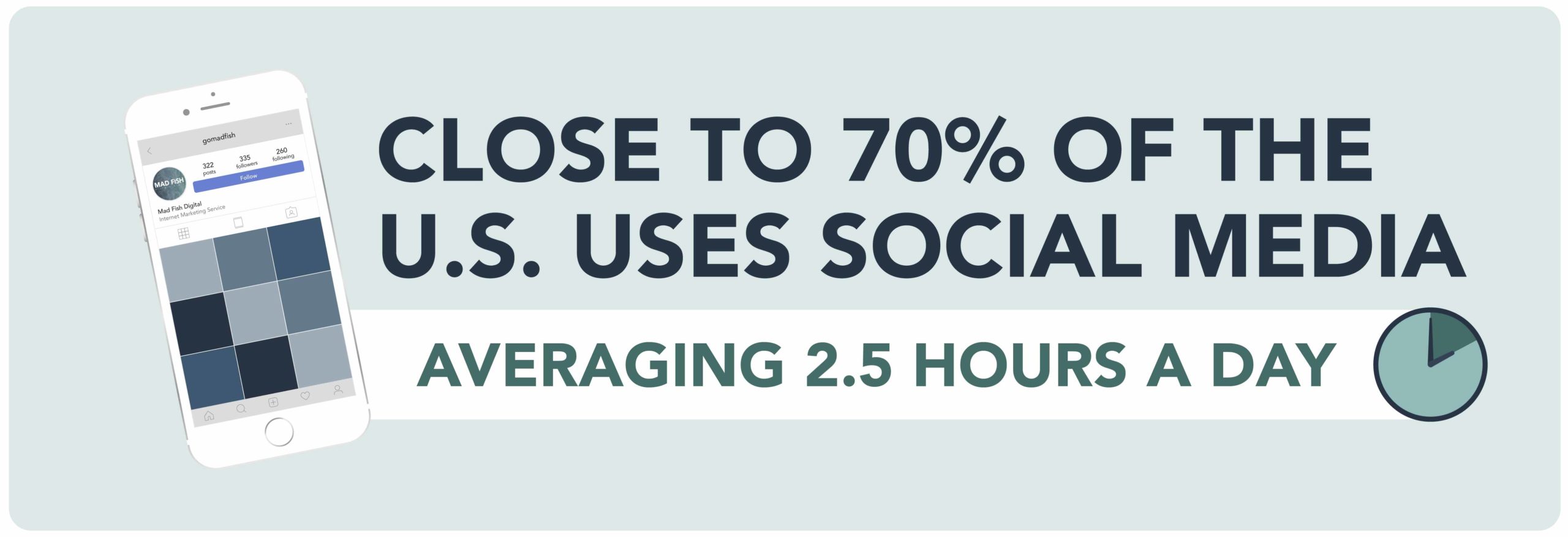SEO (search engine optimization) is the name of the game for growing a brand in today’s world. Google drives roughly 35% of website visits, and social media drives about 26%. The right SEO strategy can generate substantial site traffic. And, ultimately, help your company see a jump in conversions.
But since digital marketing is an ever-changing industry with tons of factors at play. Many brands end up making SEO mistakes, which can hurt their bottom lines. Find a rundown of some of the most common errors below.
Overlooking Local Search
If your business primarily serves a geographic area, local search is a crucial component. Harnessing it as part of your SEO strategy shouldn’t be overlooked. First, make sure your Google My Business page is updated useful information and photos as possible.
You may also want to list your company on Google Places, Yelp, FourSquare, and other city-based directories. Other than that, you can optimize your on-page content for local search by including keywords location-specific keywords not just on your contact page, but throughout your entire website.
Local search listings and their impact on map listings is important for many companies. Consumer services may need a deeper level of work on their local search listings.
Duplicating Text Throughout Your Site
Duplicate text is a common SEO mistake. Through the years, even as Google continues to update its algorithm. Though most people are aware that copying content from other sites is plagiarism, many brands still use the same text throughout multiple pages of their websites. To prioritize sites with original, valuable content, search engines tend to penalize those with duplicate content.
Skipping Title Tags, Meta Descriptions, and Image Alt Text
Title tags and meta descriptions are critical SEO factors many brands skip over. If you don’t customize them, they’ll be automatically generated. This can result in jumbled text in Google search results. This is a missed opportunity to implement your target keywords and branded content.
Additionally, it’s a good idea to include relevant search terms in the alt text for any images on your site. In addition, these tags won’t be visible to visitors on your website. Search bots can read them and use the text to index your pages accordingly. Finally, alt text also helps search engines develop image search results.
Not Tailoring Anchor Text
From an SEO standpoint, neglecting to tailor anchor text (hyperlinked words) is another missed opportunity. Many websites use generic anchor text, like “click here” or “use this link,” which can be effective calls-to-action. However, it’s best to include some relevant keywords within the hyperlinked text.
For instance, as a digital marketing firm, Mad Fish Digital will often include an internal link from our blog articles to pages in our website using anchor text . Rather than using learn more as the anchor text, we can invite to to learn more about our SEO services for businesses and link to those services we offer. For a landscaping company, consider expanding anchor text in the content from things like ‘Get a Quote’ to ‘ Get a Quote for Residential Maintenance.’
In addition, hen using external links, follow the same idea. In the end, tailoring anchor text is easy to do and can give your organic search ranking a boost.
Not Having Active Social Media Pages
More than half of the world’s population uses social media. It’s closer to 70% in the U.S., with an average of 2.5 hours a day spent on various platforms. Finally, social media isn’t just a prominent part of our personal lives—it’s also an essential digital marketing tool for businesses.
 Google and other search engines pull information from brands’ social media pages, which send off-page signals about relevancy and popularity. In the modern digital sphere, simply having Facebook, Instagram, Twitter, LinkedIn, YouTube, and Pinterest accounts doesn’t cut it. Finally, you’ll want to keep your pages updated, post often, consider paid social media marketing, and engage regularly with your audience through each platform.
Google and other search engines pull information from brands’ social media pages, which send off-page signals about relevancy and popularity. In the modern digital sphere, simply having Facebook, Instagram, Twitter, LinkedIn, YouTube, and Pinterest accounts doesn’t cut it. Finally, you’ll want to keep your pages updated, post often, consider paid social media marketing, and engage regularly with your audience through each platform.
Ignoring Video Marketing
By 2022, videos are expected to account for upwards of 80% of ecommerce internet traffic, which is 15 times the rate in 2017. Also, Google owns YouTube and often prioritizes videos in search results. Needless to say, videos are the future of marketing, and forgoing watchable content might be a big SEO mistake for many brands.
If creating videos seems like a hassle or a costly endeavor, we’re happy to tell you this doesn’t have to be the case. Short animations, social media videos, how-tos, and informational spots don’t require huge productions, and they can give your digital marketing strategy a leg up.
Not Staying Up-to-Date with SEO Best Practices
As we mentioned, online marketing is an extremely dynamic field, and not keeping up with current SEO best practices can hurt your brand. Google updates its algorithm hundreds of times a year, with major updates occurring a few times each year. Similarly, social media platforms roll out updates about once a year.
However, if your marketing approach doesn’t account for the most recent updates on best practices, you can’t count on it to continue working year-over-year. Partnering with a digital marketing agency might be a great solution for your business. You’ll work with a knowledgeable team of strategists who’ll implement the most up-to-date SEO strategies and insights into your marketing plan.
We’d love to chat with you about your current approach and goals to see if we’re a good fit for a collaborative partnership. Set up a free SEO consultation with Mad Fish to get started.

